Baltimore: The Plague Ships #1 came out nearly 10 years ago now, sparking as it did an ongoing comic book story that spun out of the Baltimore, Or The Steadfast Tin Soldier and the Vampire novel.
The work was created by writers Mike Mignola and Christopher Golden, working with artist Ben Stenbeck to launch the comic series, and to commemorate, today The Beat has an interview with Golden, as well as a special giveaway of Baltimore: The Plague Ships #1. To set the stage for said interview, we also have this contextual quote via email from Mignola.
I came up with the character and most of the plot for the original Baltimore novel (Baltimore, or The Steadfast Tin Soldier and the Vampire). When it came to turning it into a comic, co-writer Christopher Golden led the way, expanding on the novel and taking it far beyond anything I could have originally imagined.
You can find our interview with Golden about the past, present, and future of the Baltimore comics below, after the jump that includes a link with a free download of Baltimore: The Plague Ships #1.
Enjoy!
>>Right Click and Save Link As to Download Baltimore: The Plague Ships #1<<
And now, our recent interview with Christopher Golden about Baltimore: The Plague Ships #1…
The Beat: The original Baltimore novel is obviously a rich foundation to build on, but looking back, what were some of the creative challenges inherent to expanding a prose work conceived as a complete narrative into the expanded ongoing comic book world it has become?
Christopher Golden: The one significant challenge from the outset was addressing how much of the novel’s plot would be incorporated into the comics as direct adaptation. We didn’t want to just adapt the events of the novel, because we were working on a larger canvas now. The novel takes place across a span of years, so we only adapted the sections of it that fit into the arc we were covering in the comic series. There are pieces of the novel that fit into the comic organically. And, of course, we had to adapt the stuff in Chapel of Bones. I’ve always wanted to adapt the stories told by Captain Aischros and Dr. Rose and Thomas Childress—especially the Dr. Rose one with the puppet town. That one is so damn creepy. But the opportunity hasn’t presented itself. Mike and I had always talked about doing comics stories that filled in the missing years, and we’d talked about doing a prose novel that would tell what happened after the events of the original novel. But as soon as we started doing those comics to flesh out the missing years, we knew the comics were where this whole story was going to grow and build upon itself. Now it’s such a huge universe—the Outerverse—and the possibilities are endless.
The Beat: With you having also written Hellboy novels and collaborated with Mike Mignola on comics in that world as well, I’m curious — how does the tone and approach to that work differ from working in the world you’ve built together with Baltimore?
Golden: For a lot of creative people, I think it’s hard to sublimate yourself and try to bring someone else’s vision to life. When it’s something I love, I’ve never had that problem. From the time I first began to work with Mike—writing the first Hellboy novel, The Lost Army—I wanted to have my own fun, of course, but the primary goal was to create something that Mike would be happy with. Hellboy is his character, and all of those Mignolaverse characters—hell, it’s called the Mignolaverse. There’s a lot of freedom to do something I’m going to enjoy, especially because we share a lot of interests and because, obviously, I love Hellboy and that world to begin with. But the most important thing is to work within the parameters of what Mike envisions. The Outerverse is something else entirely. We own it together. It’s our thing, and that means I don’t hesitate to suggest things I’d probably never suggest for Hellboy. It’s a partnership, and it’s also really fertile territory because so much of it is new and yet to be explored. Mike has one of the wildest imaginations in the world, so he can still do whatever he wants in the Mignolaverse, but he’s got it mostly mapped out. In the Outerverse, it’s all still coalescing. I love them both, and love that I get to continue working in them both, but with Hellboy creators must always remember that we’re playing with Mike’s toys, and I want to be respectful of that.
The Beat: The alternate history taking shape in Baltimore and Joe Golem is one of the things I think gives the comic such an immersive feel. How much of the planning for all of that was done early one and how much do you have laid out still that is perhaps yet to be explored?
Golden: Regular readers of Baltimore probably know that we killed a young Adolf Hitler in The Curse Bells. That didn’t prevent World War II, as we’ll learn right at the start of Lady Baltimore: The Witch Queens. In that series, we’re going to learn some broad-stroke background of why the war happened without Hitler and what the witches have to do with it. I was writing volume six of Baltimore when I had a kind of brainstorm and knew instantly where it was going and how I wanted it to end. I ran that by Mike and we worked out the details together. While writing volume seven or eight—probably eight—I realized that Sofia Valk had become the de facto heir not just to Baltimore but to his fight and these stories. So it’s always the work that leads to those revelations. Working out what the story of LADY BALTIMORE would be led to the creation of a bunch of new characters that I love, and their stories, and what the world will look like in the Outerverse in 1938. What happens after that remains to be seen, but the Outerverse is evolving and growing every day for me right now. I love it.
The Beat: Finally looking ahead, what can you tell us about the forthcoming Lady Baltimore? I’m especially interested in the scope of the series, in terms of the number of stories that are to be told with Sofia Baltimore and how far ahead in time those stories might go…
Golden: All I can say with certainty is that Lady Baltimore: The Witch Queens is five issues. I want to write Sofia and her supporting cast forever, but to do that, we’re going to need people to buy and read and talk about the comics, so I hope folks will do that!

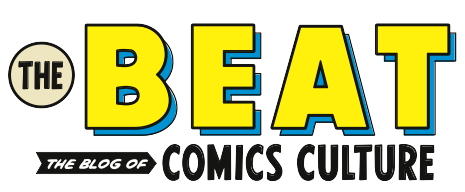
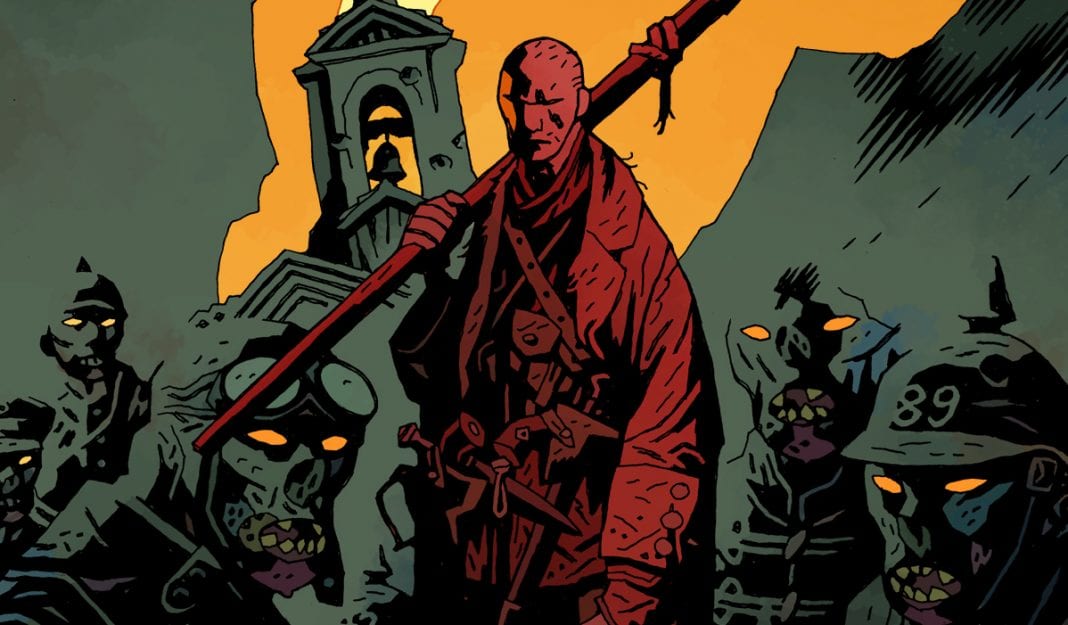
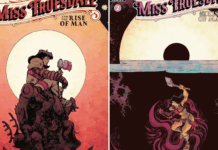
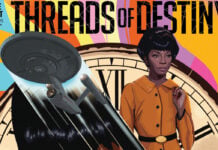






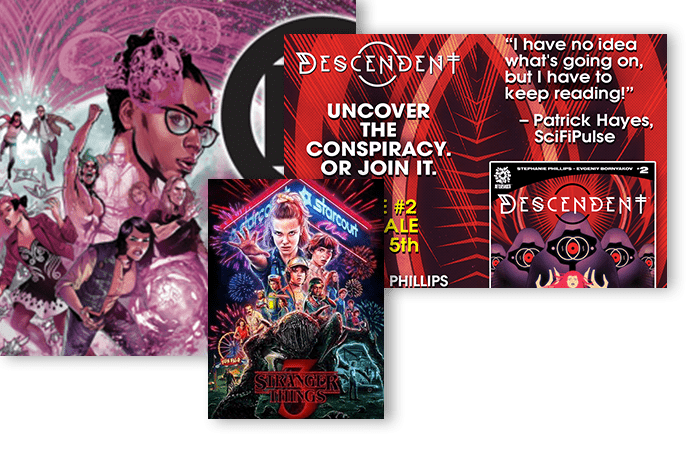
Still puzzled why only the first volume of the Baltimore series was published in paperback, given that the Hellboy series and spin-offs have been collected in more than 70 paperbacks.
Wow the watermarking on that issue is pretty over-the-top.
Comments are closed.